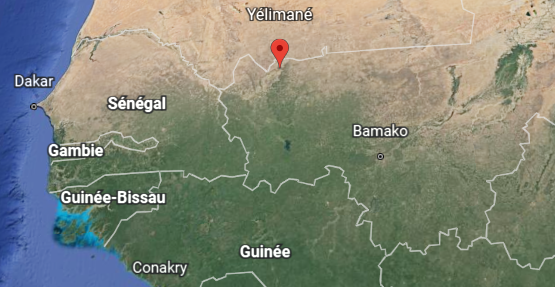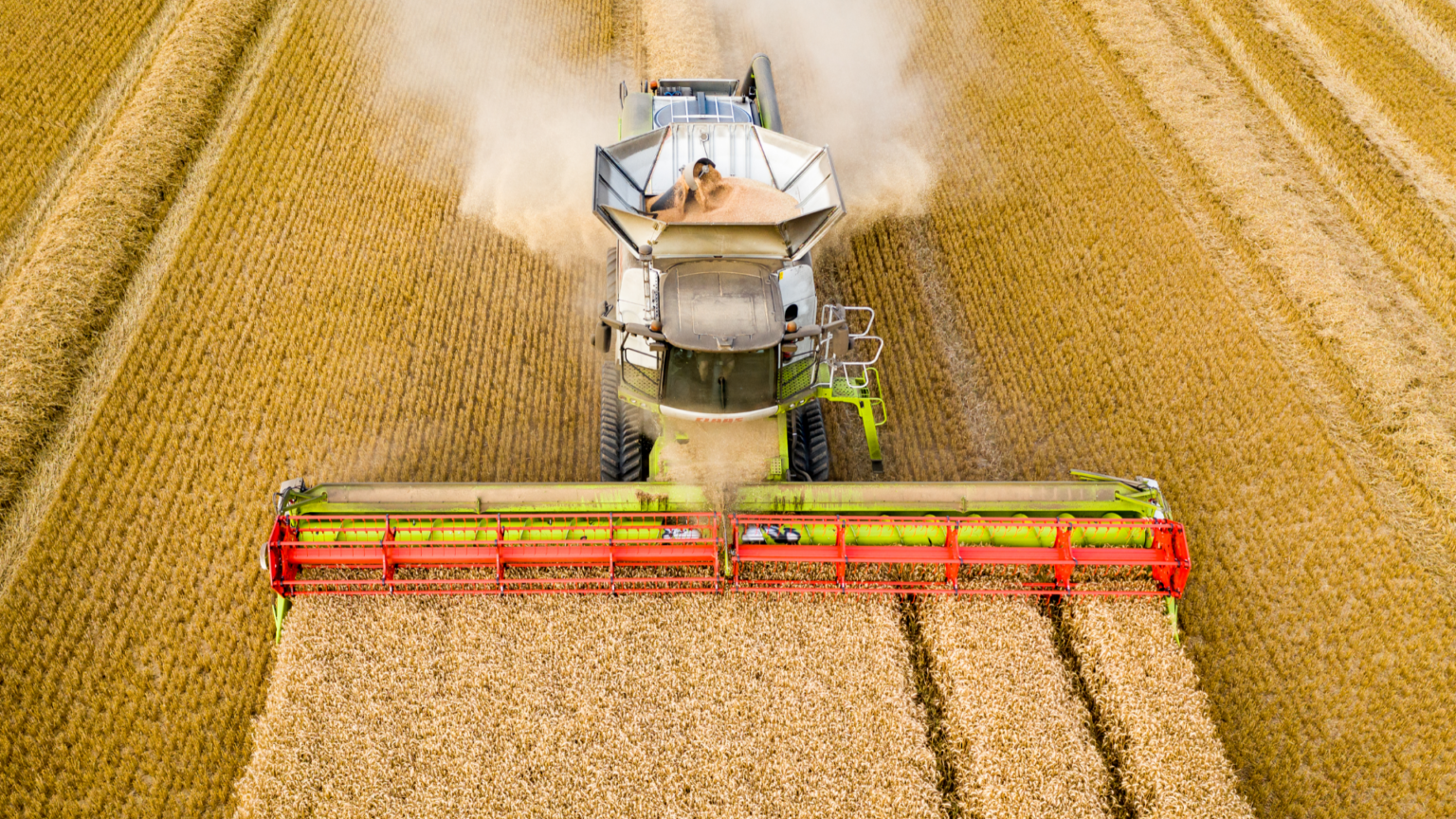The decision to suspend demonstration in areas targeted by jihadists was taken on February 7 by the chief administrative officer of Yelimane, in the region of Kayes, located a few hundred kilometres from the Senegalese border.In a note made public by the Prefect of Yelimane, Lieutenant-Colonel Madicama Diawara, informed the public that “because of the current difficult and worrying security situation in the district (…) all demonstrations and gatherings of people in public or private places have been suspended until further notice.”
According to him, “the security situation we are currently experiencing calls for all of us to change our behaviour and to be vigilant to prevent any possible terrorist attack.”
The administrative authority encourages “each of us to scrupulously observe this measure which must not suffer any negligence.”
According to Diawara, this measure is intended to “support our defence and security forces in the accomplishment of their missions to secure people and their property.”
The note comes at a time when Yelimane, and even a good part of the Kayes region, is experiencing an unprecedented wave of insecurity.
Many localities in this area, once considered a haven of peace, have already been hit by jihadist attacks.
On November 30, a rid by the Support Group for Islam and Muslims (GSIM) on a customs post and the Malian Armed Forces camp killed two people, a soldier and one civilian.
For many observers, the infiltration by jihadists through a strategy defined by Amadou Kouffa, leader of the Macina Katiba, the most dynamic component of the GSIM, in this area was foreseeable thanks to social grievances such as the persistence of phenomena such as slavery causing many frustrations.
To this is added poverty, unemployment and social injustice.
Yet Kayes is one of, if not the richest region in Mali with its numerous mineral deposits such as gold, the presence of several hydroelectric dams installed along the Senegal River.
In addition, it is also in this region that customs perform well each year due to the high volume of traffic on the Dakar-Bamako corridor, which until recently accounted for 80 percent of Mali’s trade and the second highest traffic density in the region.




